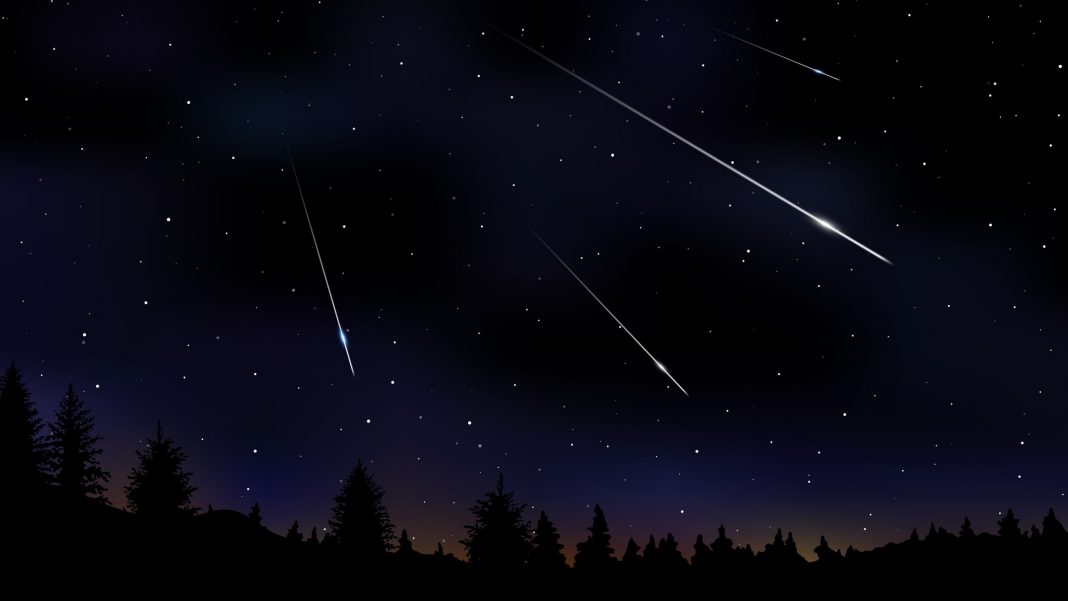A blast of new meteors may emerge during a tau Herculid meteor shower on May 30 and 31, but that’s not a sure thing. NASA astronomer Bill Cooke termed the potential milestone an “all or nothing event” in a blog post from the agency earlier in May, as astronomers track the debris from the broken-up comet 73P/Schwassmann-Wachmann 3 (also known as SW 3). “If the debris from SW 3 was traveling more than 220 miles [354 kilometers] per hour when it separated from the comet, we might see a nice meteor shower,” Bill Cooke, who leads NASA’s meteoroid environment office at the agency’s Marshall Space Flight Center in Huntsville, Alabama, said in a statement (opens in new tab) .
“If the debris had slower ejection speeds,” Cooke added, “then nothing will make it to Earth and there will be no meteors from this comet. ” If you’re hoping to photograph the tau Herculid meteor shower, or want to prepare your gear for the next skywatching event, check out our best cameras for astrophotography and best lenses for astrophotography . Read our guide on how to photograph meteors and meteor showers for more helpful tips to plan out you photo session.
Related: Meteor shower guide 2022: Dates and viewing advice If you’re looking for a good camera for meteor showers and astrophotography, our top pick is the Nikon D850 . Check out our best cameras for astrophotography for more and prepare for the tau Herculids with our guide on how to photograph a meteor shower . The comet was first observed almost exactly 92 years ago, by German astronomers, Friedrich Carl Arnold Schwassmann and Arno Arthur Wachmann on May 2, 1930.
(The comet is the third found by these astronomers, after discoveries in 1927 and 1929. ) Orbital data showed that the comet comes as close to Earth as 5. 7 million miles (9.
2 million km), orbiting the sun roughly every 5. 4 years, according to Space. com astronomy columnist Joe Rao.
The comet was only sporadically observed for decades, but was recovered permanently in 1990. The comet displayed surprising excesses of brightness in years such as 1995 and 2000 as it began to fragment. On April 18, 2006, the Hubble Space Telescope found dozens of fragments (opens in new tab) .
SW 3 continued to shed in observations from the Spitzer Space Telescope’s Infrared Array Camera (IRAC). Ultimately, the comet broke up into more than 68 pieces, littering the solar system with debris after its most recent appearance in March 2017. The place to watch for the potential meteors would be the constellation Boötes, a little north-northwest of its ruddy bright star Arcturus .
(These are the International Astronomical Union names for the constellation and star, respectively, although you may use different names depending on your culture. ) Luckily, the sky will be dark as the moon is in its new phase. Try to look away from the origin spot (the radiant) to catch the longer and brighter meteors and to get away from artificial light.
“If it makes it to us this year, the debris from SW 3 will strike Earth’s atmosphere very slowly, traveling at just 10 miles [16 km] per second — which means much fainter meteors than those belonging to the eta Aquariids,” NASA stated (opens in new tab) . “But North American stargazers are taking particular note this year, because the tau Herculid radiant will be high in the night sky at the forecast peak time. ” — A meteor shower outburst from a shattered comet may spawn new tau Herculids display on May 30 — Brilliant fireball over Mississippi sparks loud booms (and satellite photos) — May’s lunar eclipse and a wild-card meteor shower may offer double spectacle If you’re clouded out or unlucky when it comes to meteor-gazing this time around, bookmark the upcoming meteor showers of 2022 to plan your next excursion.
The next major shower will be the Perseids on Aug. 11 to 12, when the weather is warmer. The Perseids are one of the brightest showers of the year and worth the effort to go outside and look.
Editor’s Note: If you snap an amazing photo of the tau Herculids meteor shower and would like to share it with Space. com’s readers, send your photo(s), comments, and your name and location to spacephotos@space. com.
Follow Elizabeth Howell on Twitter @howellspace . Follow us on Twitter @Spacedotcom or Facebook. .
From: space
URL: https://www.space.com/potential-new-meteor-shower-all-or-nothing/



